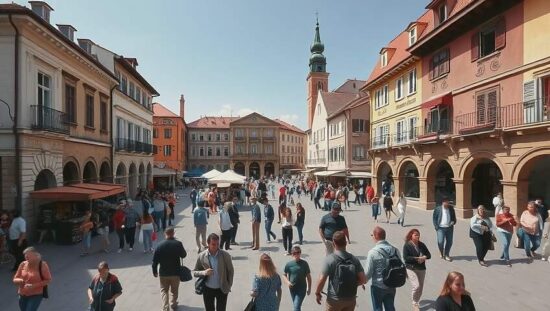The escalating strain on Germany’s municipalities has prompted a stark warning from Ralph Spiegler, President of the German Association of Cities and Municipalities. Speaking to the “Rheinische Post”, Spiegler argued that systemic underfunding is actively hindering efforts to revitalize urban spaces and address pressing social issues, creating a dangerous feedback loop of decline.
The core of the problem, Spiegler contends, lies in the legacy of urban planning decisions made during the 1960s and 1970s. Focused on prioritizing automobile traffic, this era resulted in city centers and town cores ill-equipped for modern needs and detrimental to pedestrian and cyclist safety. He emphasized the urgent need for a “re-imagining” of these spaces, incorporating significantly more green areas and a fundamentally pedestrian and bicycle-centric infrastructure.
Beyond purely aesthetic concerns, Spiegler highlighted the crucial link between the physical environment and personal safety. Areas characterized by poor visibility, such as underpasses and dimly lit zones, contribute to a pervasive lack of subjective safety, fostering a sense of unease and vulnerability among residents. He was unequivocal: these necessary transformations carry a substantial financial cost, a burden currently beyond the capacity of local authorities.
Spiegler’s call extends beyond mere financial aid, demanding a shift in policy that prioritizes citizen wellbeing. He specifically advocated for increased police and municipal officer presence, alongside the strategic deployment of security cameras in areas prone to criminal activity. However, critics argue that such measures, while potentially offering temporary solutions, risk addressing the symptoms rather than the root causes of the problem. They contend that focusing solely on visible policing and surveillance ignores the underlying socio-economic factors contributing to crime and the erosion of community trust. The debate highlights a broader political tension: can urban regeneration truly succeed without a concomitant investment in social programs and a more nuanced approach to public safety that moves beyond reactive measures?





